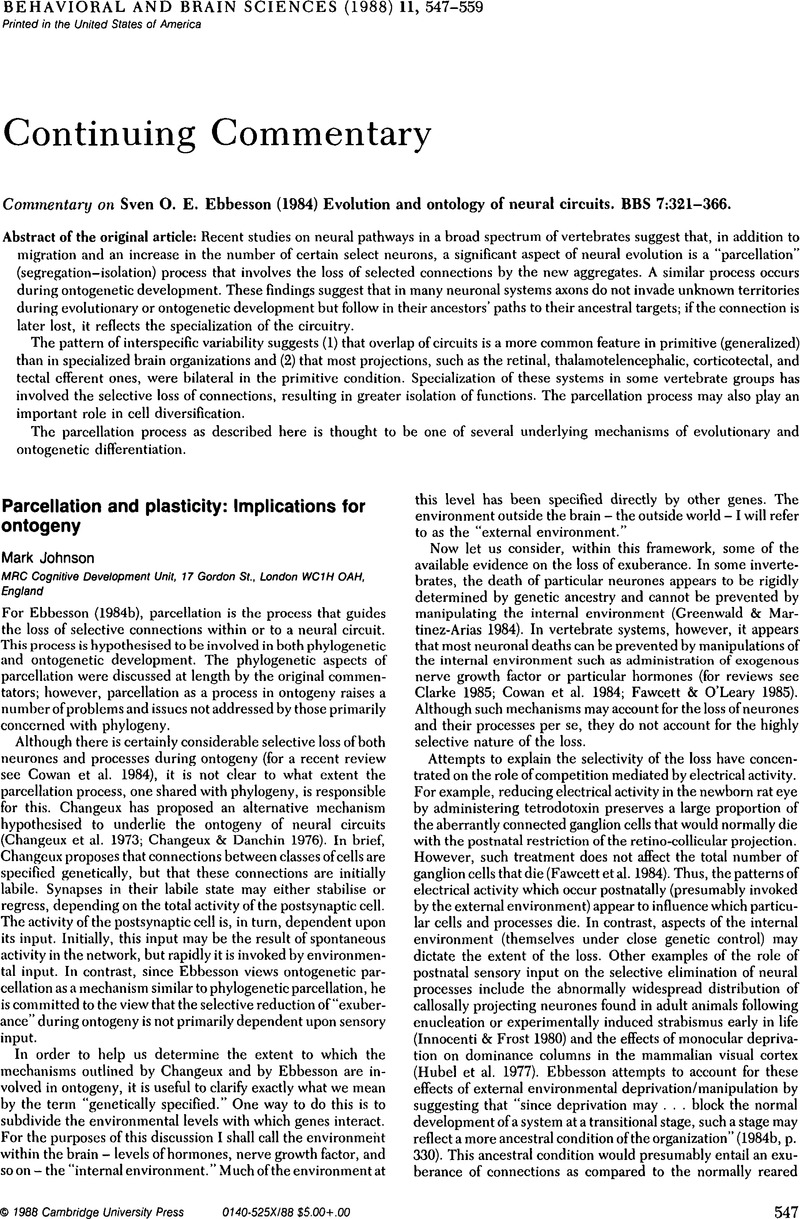Crossref Citations
This article has been cited by the following publications. This list is generated based on data provided by Crossref.
Johnson, Mark H.
and
Karmiloff-Smith, Annette
1992.
Can neural selectionism be applied to cognitive development and its disorders?.
New Ideas in Psychology,
Vol. 10,
Issue. 1,
p.
35.
Demetriou, Andreas
and
Raftopoulos, Athanassios
1999.
Modeling the Developing Mind: From Structure to Change.
Developmental Review,
Vol. 19,
Issue. 3,
p.
319.
Raftopoulos, Athanassios
2001.
Is perception informationally encapsulated? The issue of the theory‐ladenness of perception.
Cognitive Science,
Vol. 25,
Issue. 3,
p.
423.
2015.
Developmental Cognitive Neuroscience.
p.
251.



